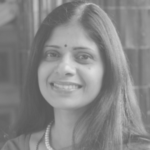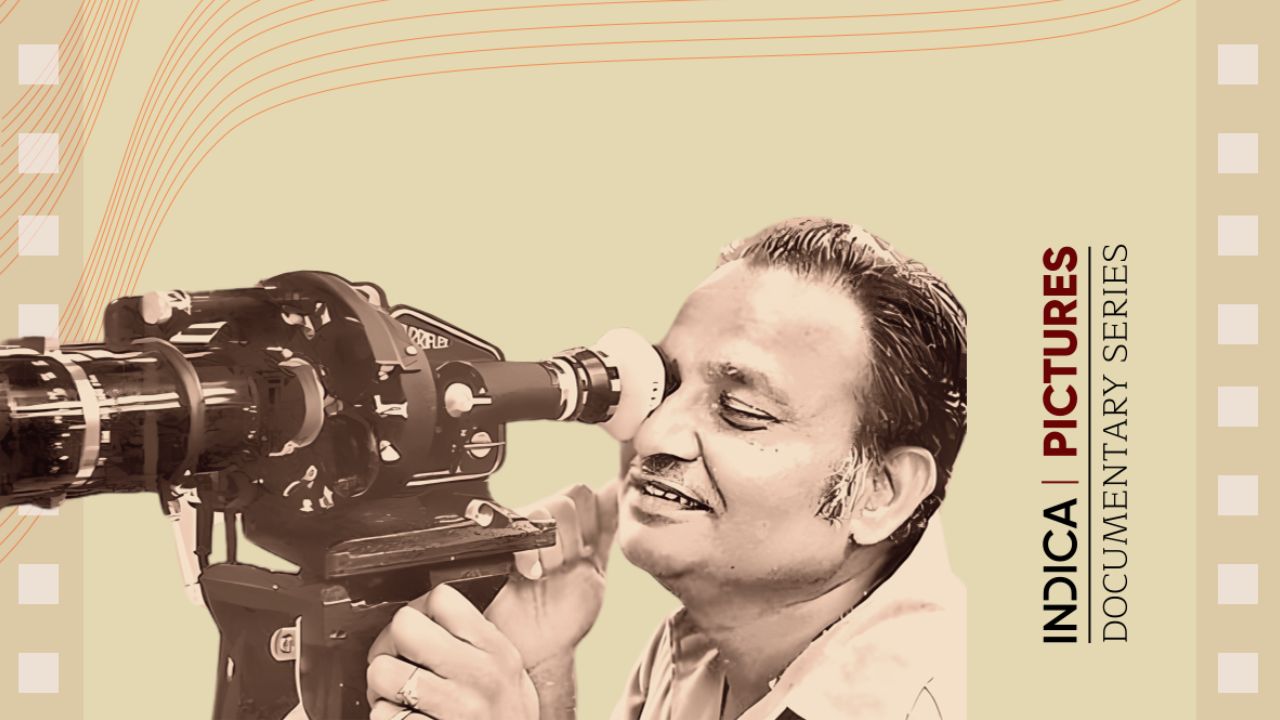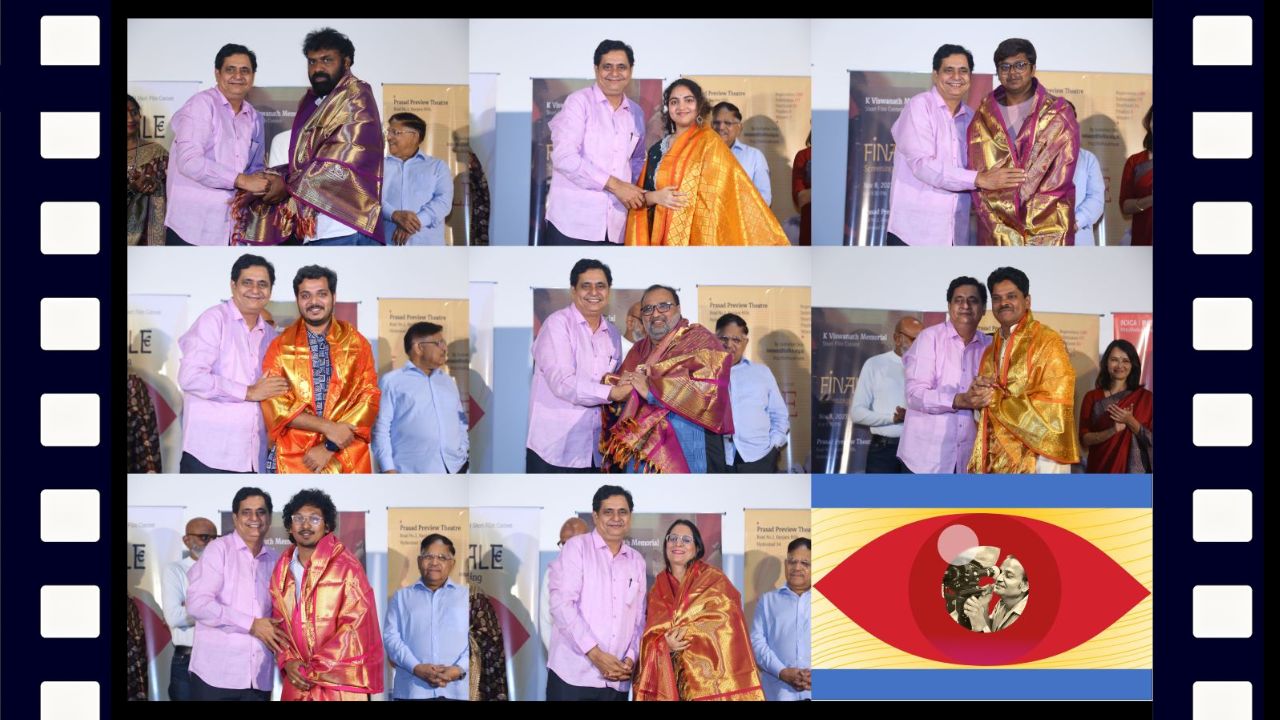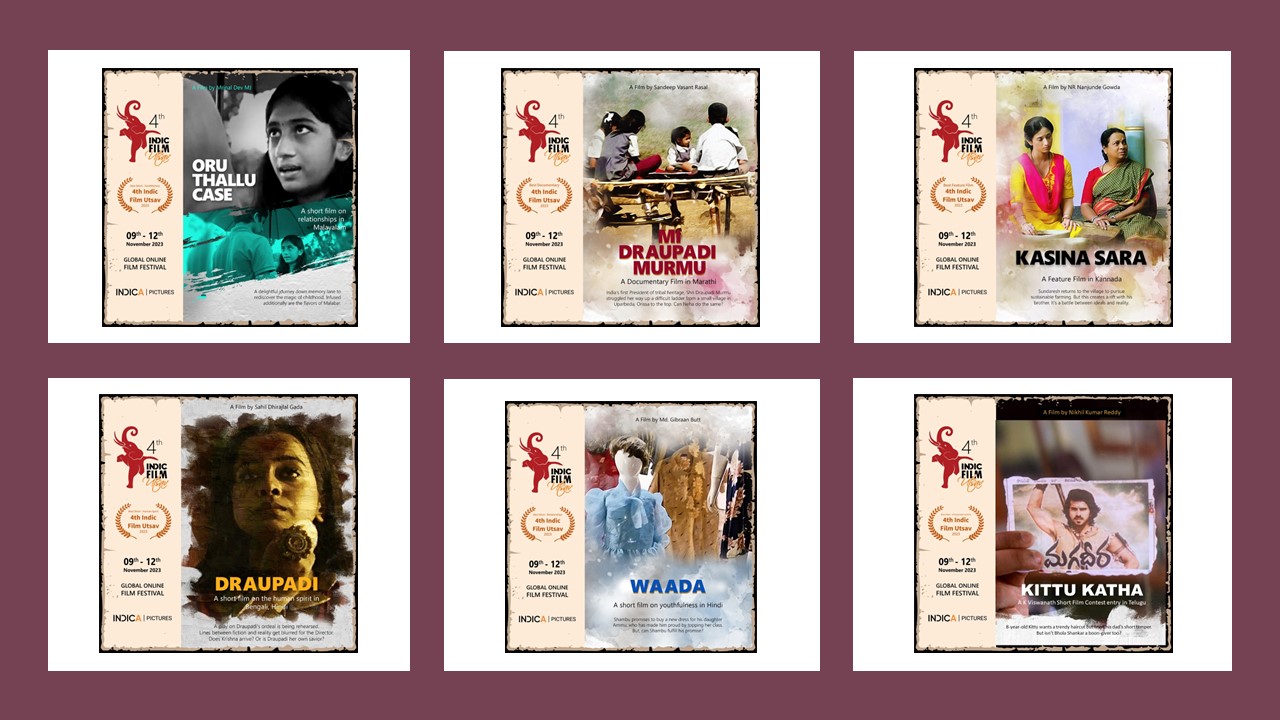2 National Awards, 1 Emmy, 2 Art Directors Club of New York Awards over 35 other awards. RAFEEQ ELLIAS has travelled the world capturing pictures for Japan Airlines, Time Magazine, The New York Times Travel Section and for Indian magazines too. Rafeeq’s public interest films for UNICEF were broadcast worldwide for which Star TV received an Emmy Award at the hands of actor Mia Farrow in New York. Rafeeq’s pictures and films have a high nostalgia quotient, but he is also all for change. Below are his thoughts on how to tell a story while following one’s heart.
What are your thoughts on how India is portrayed in films, advertisements and photographs today? Ambassador cars, local food, queues for cinemas, the hawking of wares, almost everything is changing in modern India. What do you cherish about the early 20th century, and what do you miss the most?
I try not to be hopelessly romantic about the past. In fact I must confess I do like change as long as it is equal or better, not worse, than what precedes it. I began photography and, later, cinematography, with analogue film and edited on a Steenbeck (Legend of Fat Mama was shot on a bulky 16 mm camera with an equally heavy Nagra sound recorder) and now I am almost wholly digital; working more compactly, more discreetly and more economically. Much of the 20th century coexists with the 21st in our country and that’s what I love about it. The Ambassadors soldier on in Kolkata with an eco-system that cannibalises and makes spare parts and service them. Bombay still has some amazing Irani restaurants (still not on Instagram!) with their cuisine fairly intact. There are places where time continues to stand still. I find myself smoothly transiting multiple worlds.
 Do Rafique
Do Rafique
You are a master storyteller, be it through your photographs or films. You've said that your experience with still photography has changed your cinematography and how you view it. Conversely, after becoming a filmmaker, have you looked at advertising and still photography differently?
At 72, I feel I’ve packed in several lifetimes because of where I grew up, where I lived and where I travelled at different times and the incredible and wondrous serendipity that I experienced at every turn. I am the sum total of all the people and experiences I stumbled into and these do make the most amazing stories.
I enjoyed each phase of my life including advertising, which can often test your ethics. But I always joked that it was not me but my ‘evil other’ that worked in advertising. That is where I learnt so much, about production values, about precision, discipline and deadlines… because advertising is so commerce-driven.
I learnt from positive examples but also from negative examples; and you can learn from both.
But I always also had another life outside advertising, which involved travelling and discovering the larger world and thus being part of a larger universe. Nostalgia has the most incredible power; it takes the best from memory that we can all joyfully partake and share; it is evocative, aromatic, even romantic and it has space for the most delightful (and forgivable) exaggeration.
Moving from words as a copywriter to stills to moving images was inevitable and the three do continue to coexist. Shooting films however is undoubtedly the most life-changing of the three; it is perhaps the most effective as a vehicle to tell stories to a larger public across all strata and divides. Beyond words and most of the time, beyond a single picture.
Do I look at advertising and still photography differently now? I guess so and every now and then I do get commissioned to produce advertising pictures that are gritty and slice-of-life for a particular product. Even my fashion pictures were invariably set in unusual locales like Naples and Sicily, Morocco, Death Valley California, etc.
Is there any documentary that made you fall in love with that art form and inspired you to create your own documentaries? Chronicler-historian Rafique Baghdadi in your film Do Rafique, gives us a huge list of yester-year legends...and also about how he would imitate Dev Anand. Do you have your own story to share about how you took to films?
It was my girlfriend who became my wife who triggered my love for cinema. Her college years in Kolkata exposed her to film societies and great cinema and she yanked me out of my love for Bollywood into world cinema. Blame her squarely!
In fact, she was studying television then and auditioned me for one of her student films. And that was the beginning of our friendship. It was the role of a lifetime!!!
 What Man, Joe
What Man, Joe
You have travelled around the world and your work is reflective of your journeys. What drew you to ballet and capturing the art and performers?
Again, it does have a lot to do with serendipity. I had a client who published several airline inflight magazines in Asia, with a passion for ballet and opera and great connections in Europe, the former Soviet Union and Central Asia. About 25 years ago, he decided to create an annual festival of dance and music in Thailand.
He knew my love for food, wine and travel and lured me into doing a project every year that involved photographing the most amazing ballet and symphony orchestra, completely pro bono. Except that he would provide all travel cost and my “assistant”, my editor-publisher-poet wife Bina Sarkar! I thought it was a win-win deal and we enjoyed travelling multiple times to theatres in Moscow, Novosibirsk, Uffa, Tashkent, Bucharest, Moldova and other cities over the years. Watched and shot great shows and had enormous access backstage as well.
Ballet of course is the summit of all the performing arts. The sheer beauty, grace, precision and agility has no parallel. That with the most delightful story-telling. Makes you a child all over again.
A great symphony orchestra is a close second. It’s the ‘Imax’ of the performing arts with its scale and spectacular grandeur. The opera is in comparison is a more acquired taste.
Besides the performances, the theatres in each of these cities are also architectural splendours; like great places where we go as pilgrims, humbled by the scale around us.
Such as with the Chinese community in India in The Legend of Fat Mama, do you feel that more films and documentaries should tell the stories which have been hitherto untold? Apart from the aesthetic appeal, is there a higher purpose to these films? How do your films (this one, Beyond the Barbed Wires: A Distant Dawn, What man, Joe, Do Rafique) reflect all the values you hold dear in your life?
Documentaries can and do have a higher purpose, reveal to us things we didn’t know, stir our consciences, energise and motivate us to work for the greater good.
But I do try to make films that are devoid of rhetoric, where I want to share my wonderment, my nostalgia, my anguish and my joys.
My BBC World film on the Chinese community in India is a charming introduction into the history, foods and festivals of a tiny minority. But it is also revelatory when it talks about the 1962 India-China war and the incarceration of the Chinese in its aftermath; much like the experience of Japanese-Americans after Pearl Harbour during World War II. “Beyond Barbed Wires” went a step further, urging people and governments to acknowledge and heal the scars of 1962.
“Do Rafique” is complete, unabashed nostalgia for a time bygone. When cinema belonged to everyone, tickets were cheap, the melodies were forever. The age of the algorithm-driven movie was not even on the distant horizon.
While it is true that commercial success should not be the main focus of any art, it does widen the audience and the impact. How can Indian documentary makers create authentic stories while laughing to the bank? One wonders if Joe Vessaoaker the protagonist of What Man, Joe could actually have lived a more affluent life if he had tried to make money from his music. How can any artist focus both on his art as well as on making money, without compromise.
To go laughing all the way to the bank, you have to be cynical and apply the exact same instincts that you oppose. Great documentaries have to be driven by a higher purpose. Having said that, if a documentary incidentally recovers its costs, helps reward the makers, that is not something to be sniffed at. If you are a full-time documentary filmmaker, you have to earn a decent living. And documentary filmmakers do have avenues for receiving funding through grants globally. It is the individual musician that I would certainly worry about. Joe’s predicament is particularly complex. The tradition of funeral bands is dying; live performances at weddings and other festivals are getting replaced by DJ music; it’s the cruel march of time. Teaching music professionally remains the only viable source of income.
 The Legend of Fat Mama
The Legend of Fat Mama
Going forward, how do you feel the industry and the Films Division can move towards appreciating the art of documentary films and promoting it? What is the role that the filmmakers themselves play in this change?
The Films Division has an incredible history and is an unapparelled repository of films. Over the decades, its own inhouse teams and the outside directors it commissioned from time to time, made great films. Some of the films, made in a heady post-independent India, may seem propagandist now but they are great archives nevertheless. It is important not to see the Films Division and documentary cinema in the usual profit-and-loss template; rather as important national assets. The information and the debate keep us vibrant as a society.
We always talk about inspiration and role models. Clearly you have passed on a very rich legacy to your daughter. How would you describe the special relationship that exists when two artists in a family collaborate?
She’s an actor and as I tell her friends, “I am actor ka baap”. But on a more sober level, we have a very robust relationship with space for disagreement. We discuss early ideas, then use each other as sounding boards at different stages, but we seldom actively collaborate. Theatre is quite radically different in its actual processes and its logistics; a day to day physicality that continues through each performance. Just incidentally she too has made a film, a work of short fiction, in which my involvement is very occasional and mostly technical.
 'The Ninety First Symphony: Homi Dastoor’s Musical Journey'
'The Ninety First Symphony: Homi Dastoor’s Musical Journey'
If you had to share one tip with young filmmakers what would you focus on in terms of capturing stories, and in terms of technique?
I know it is not earth-shaking advice, but just go and make your film. Make mistakes. Get to the end. Place it in the public arena. Simply because , with all the technology at our finger tips, there’s no time like now!
Video Excerpt of the Interview





